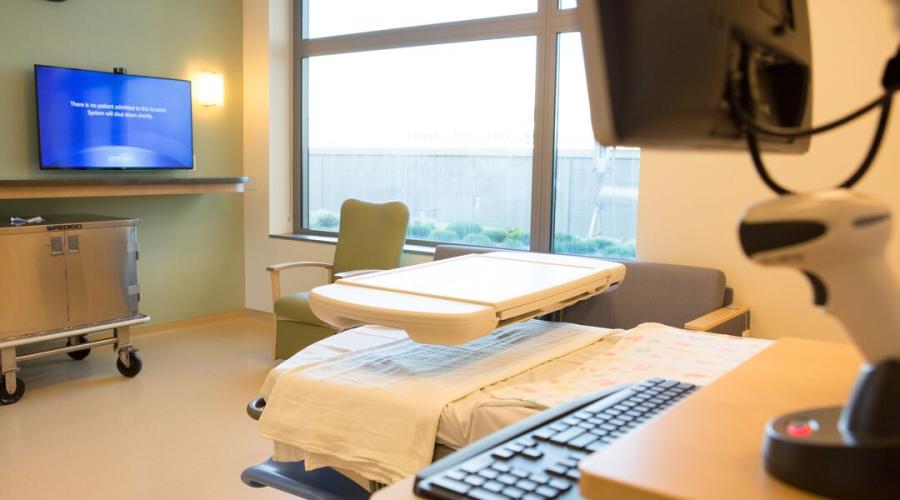
Call to Action for Hospitals: Reduce Preventable Harm to Black and Hispanic Children
Children of some races and ethnicities are not receiving safe health care to the same degree as their peers, reveals a study of over 5 million pediatric hospital visits across the United States.
By looking at preventable safety events like hospital-acquired infections, complications after surgery, and accidental cuts or punctures, a recent study in the journal Pediatrics found that children who are Black or Hispanic are affected by many of these preventable harms more often than white children.
Safety events can cause serious harm, use healthcare resources, and leave families worried that their child isn't receiving quality care.
“These findings should prompt hospitals to examine their local data, identify if local disparities exist, and address them with purposeful safety and equity efforts,” said Suni Kaiser, MD, MSc, senior author of the multi-institute study and professor of pediatrics in the Division of Hospital Medicine.
Detailing the Disparities
The study analyzed a 2019 national database established by the Agency of Healthcare Research and Quality that includes 4,000 hospitals to see if disparities exist in pediatric safety events. Children who are Black faced a significantly higher risk for five out of the seven harms examined, while children who are Hispanic did for three.
In addition, Black children were most likely to experience postoperative sepsis, a severe infection that can cause multi-organ failure. Postoperative respiratory failure, which limits breathing, occurred most often with Hispanic children.
Even when the research team accounted for insurance type, the concerning racial and ethnic disparities persisted.
“When disparities are found, it is sometimes argued that they are just a representation of socioeconomic differences across different racial or ethnic groups. By using public insurance as a proxy for socioeconomic status, we better control for that effect and can more confidently say that structural racism is a factor in these disparities,” said Kaiser.
Moving Forward
Other potential drivers noted by the paper include clinician bias, communication barriers, insufficient cultural responsiveness, and poor access to high-quality healthcare. By focusing on the specific safety problems where racial differences are most concerning, this study provides a foundational step toward improving patient equity and safety where it’s needed most.
“We hope our study acts as a call to action, as no child should suffer from these preventable harms. Safety events may be impossible to entirely prevent, but hospitals and health systems can address these disparities by partnering with broader stakeholders from affected communities to gain insights into how these disparities occur and design interventions,” said Kaiser.
The UCSF Department of Pediatrics partners with UCSF Benioff Children’s Hospitals in examining and addressing local disparities in patient safety.
